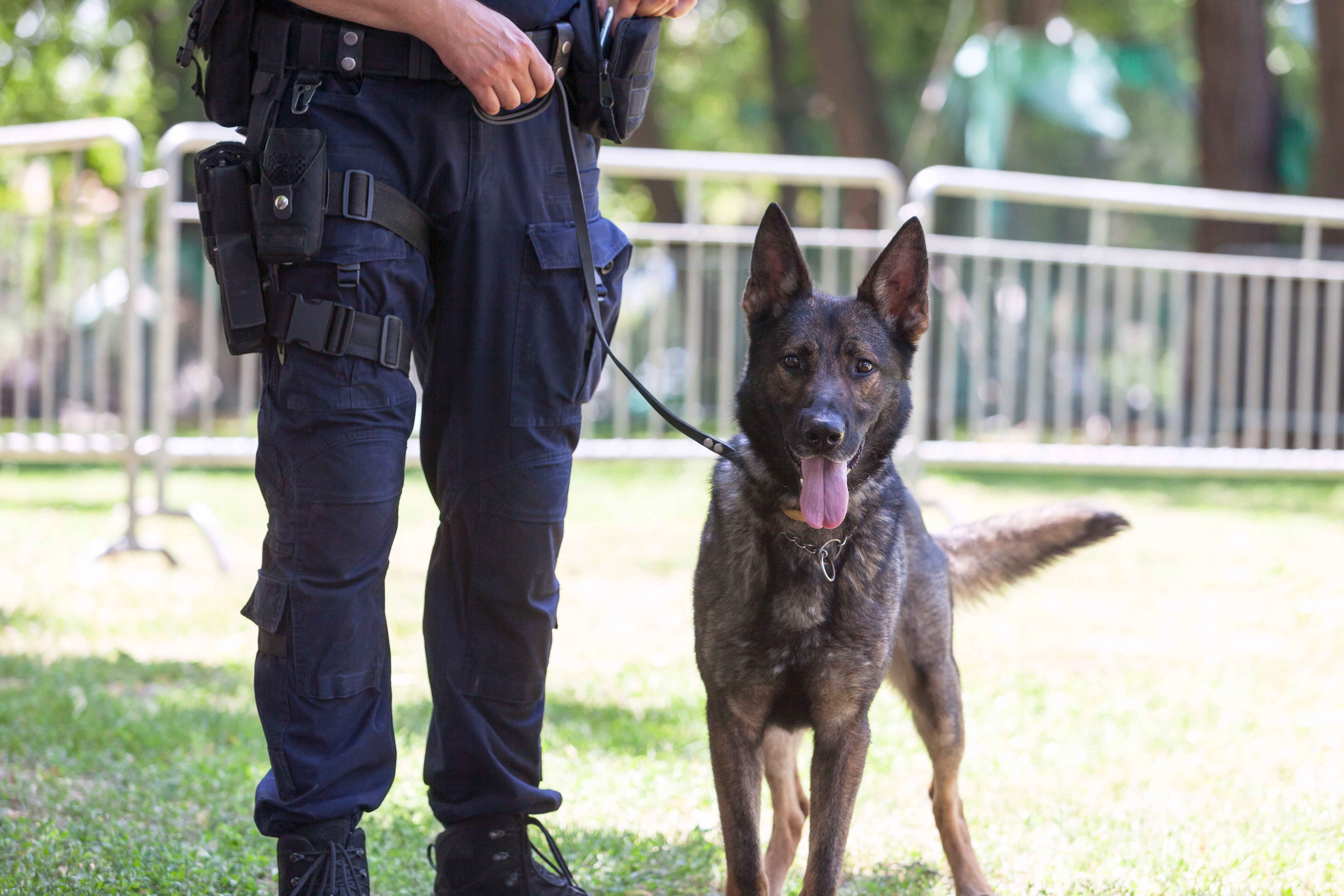Toxin Tails honors drug detection dogs
The Pet Poison Helpline sheds light on the risks that detection dogs face daily in honor of National Service Dog Month
wellphoto/stock.adobe.com

When it comes to investigating and arresting individuals suspected of buying or selling drugs, police forces will enlist the help of detection dogs. Although the canines can be crucial to keeping communities safe, the risks these canines face became real for one detection dog in Pasco, Washington.
"September is National Service Dog Month. In addition to recognizing the critical work traditional service dogs do for their humans, we want to highlight the dangers faced by our nation's heroic public service animals, like police detection canines," said Renee Schmid, DVM, DABT, DABVT, a senior veterinary toxicologist at Pet Poison Helpline, in an organizational release.1
"Pet Poison Helpline assists service animals that work as detection dogs with police departments, and we advise on the cases at no charge. These dogs, and their handlers, are trained to prevent accidental inhalation or ingestion of illicit drugs, however, there are some accidental exposures that do occur."
Bear was conducting a property search when he happened to ingest what officials determined to be methamphetamine with a suspicion that he also ingested other unnamed dangerous materials. Bear began to show drug-related symptoms such as severe agitation, restlessness, hyperthermia, and pacing.
To counteract the narcotics, an officer injected Bear with Narcan (naloxone), but this seemed to have no effect on Bear. He was brought to Mid-Columbia Pet Emergency, where the treating veterinarian called the Pet Poison Helpline.
"The described signs fit more with methamphetamine, cocaine, or both, and less with opiates such as fentanyl, heroin, and others," explained Schmid. "Opiates and derivatives would be expected to lead to profound sedation with hypotension and bradycardia, which respond well to Narcan. Given the poor response to the Narcan, and the opposite clinical profile, a stimulant like methamphetamine was more likely."
According to the release,1 Bear was placed on IV fluids, administered medication to sedate him, and received round-the-clock nursing care with toxicologists recommending the team use beta blockers, cooling measures, and anticonvulsants as well. Because of the care Bear received from the medical staff, he was released from the hospital 2 days after he was admitted.
"Nearly half of all calls received by Pet Poison Helpline involve human medications, but fortunately pet owners often know what their pets ingested," concluded Schmid. "With police service dogs, the officers may know what they're looking for, but they never know what the search dog is going to find. It makes treating these exposed animals even more challenging."
Reference
Crack is Whack, Especially for Drug Detection Dogs. News release. Pet Poison Helpline. September 1, 2022. Accessed September 9, 2022. https://prnmedia.prnewswire.com/news-releases/crack-is-whack-especially-for-drug-detection-dogs-301615840.html